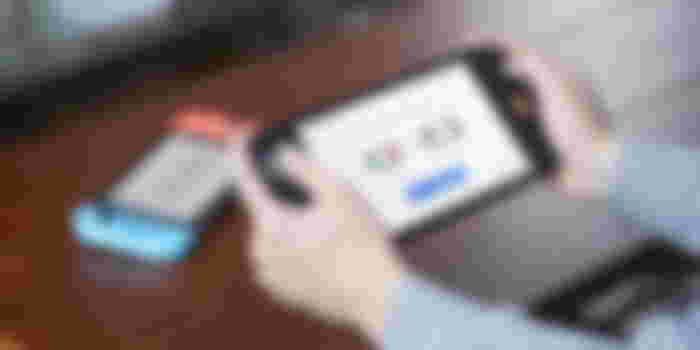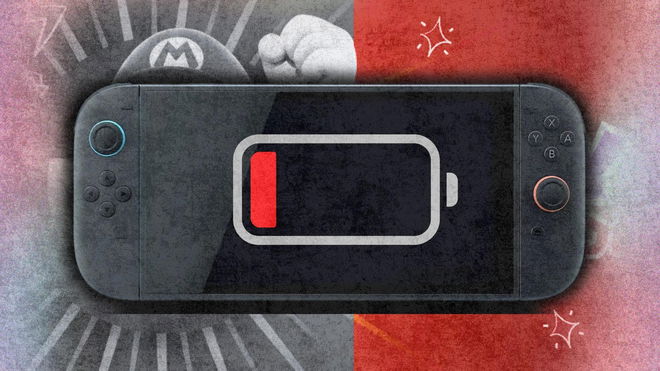The Switch 2 packs a range of upgrades under the hood, including more power, improved visuals, and new features.
But if there’s one spec that’s raising eyebrows for the wrong reasons, it’s the battery life.
Simply put, it’s not great. In fact, it might be the one thing that holds the console back from living up to its hybrid potential. Nintendo officially estimates playtime on a single charge to be between 2 and 6.5 hours, depending on your usage.

It’s a downgrade compared to every previous mainline Switch model. For example, the OLED Switch offers 4.5 to 9 hours of battery life, whereas the original 2017 version (before its revision) provided around 2.5 to 6.5 hours.
Oddly enough, the Switch 2 comes with a 5,220 mAh battery, so it’s not lacking in power. This is technically larger than the original Switch's 4,310 mAh battery.
Some might argue that it’s a fair trade. After all, you’re getting smoother visuals, faster loading times, mouse-enabled Joy-Con 2 controllers, and a new GameChat feature that lets up to 12 players video chat in-game.
But the difference really shows when you compare the Switch 2 to other handhelds. The Valve Steam Deck also has a similar battery capacity and struggles with short battery life during intense gameplay.
Still, unlike the Steam Deck, the original Switch set expectations early on for flexible, long-lasting handheld play. Unfortunately, the Switch 2 doesn't seem to match that legacy right out of the box.

The one silver lining is a new design tweak: a second USB-C port on top of the Switch 2. Unlike the original, you can now charge it while playing in tabletop mode.
It’s a small but welcome change for players who are used to managing cables and awkward stand placements.
The battery problem could be a dealbreaker for those who rely on handheld play, whether it's for commuting, traveling, or long sessions on the couch without a dock.
A console that positions itself as the future of on-the-go gaming should, at the very least, keep players untethered for more than a few hours.
Nintendo will likely tackle this issue in a future hardware revision, possibly within the first couple of years.
However, early adopters may have to deal with shorter sessions unless they're near a wall socket.
All things considered, the Switch 2 excels in many ways—it's lighter, sleeker, and much more powerful.
If you’re planning to use the Switch 2 mainly in docked mode, none of this may matter much. But for folks who love handheld gaming, it’s something to seriously think about before jumping in.


